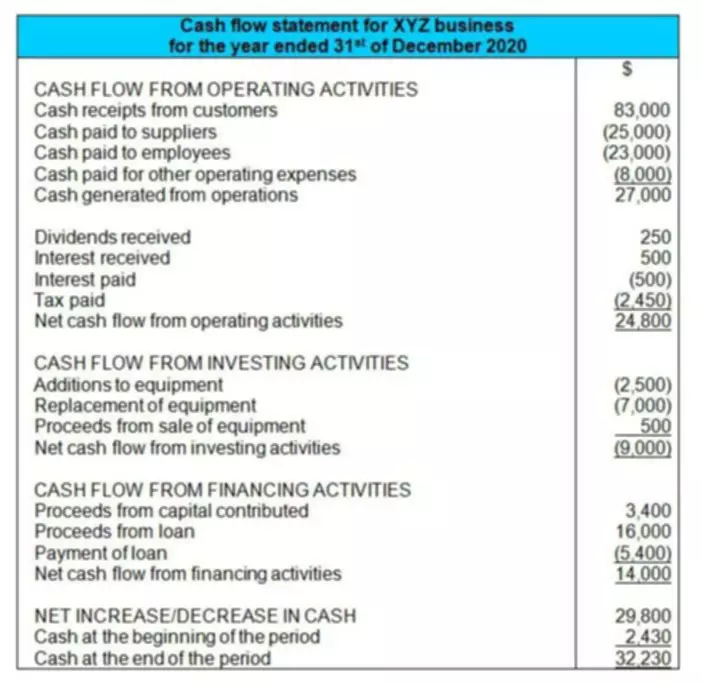Content

For instance, some industries have different daily, weekly, and/or monthly overtime pay thresholds. For instance, employees in the taxi cab industry are only eligible for overtime pay after working more than how to calculate overtime pay 10 hours in a day or more than 60 hours in a week. On the other hand, logging and lumbering workers qualify for overtime after working more than 10 hours in a day or more than 191 hours in a month.
- Read this article then take a look at the pay for your exempt employees to make sure you are complying with these new regulations.
- For example, in California, more than 8 hours a day is considered overtime.
- But, if you pay an employee with any other pay frequency, there will be another step.
Calculating overtime pay may become a complicated mathematical equation. Here are some examples of calculating overtime under federal law. Always check to ensure calculations comply with both federal and state law. The overtime calculations that must be performed for salaried non-exempt employees, luckily, are not too complicated. This is different from the states mentioned above, which may require overtime pay for the 2 extra hours worked on a 10-hour day. Divide the weekly salary by the total number of hours the employee worked. Then, use the OT formula above to calculate overtime just like you would for an hourly employee.
How to calculate overtime for salaried employees
Add the total amount of OT pay to their weekly salary to calculate the total weekly paycheck. Some states have regulations for overtime and other labor laws that exceed those of the federal government. Check with yourstate’s labor departmentto review state labor laws, or check with your employment attorney. Department of Labor regulates overtime and other pay provisions through the Fair Labor Standards Act. In addition to overtime provisions, the Act regulateschild laborand minimum wage activities of U.S. employer.
When you calculate the overtime, you should be paid 100 hours a week. So I get 11.25-12/hr.
— Max Witt (@MaxWittMD) July 1, 2022
Note that the FLSA has an exception to this rule that allows employer to pay overtime via the “rate in effect.” Most states, however, do not permit this method. Under the FLSA, overtime pay is additional compensation (i.e., premium pay) that employers must pay to nonexempt employees who work more than 40 hours in a workweek. As previously stated, the federal rate is time and one-half the regular rate of pay, however, states that have their own laws may require daily overtime payments or double time premium pay.
Loan Calculators
Calculate your overtime rate given your standard pay rate and overtime multiplier. Optionally enter the hours worked to calculate your total overtime pay.
Our overtime calculator is the perfect tool to help you see how much money you will earn in exchange for those extra hours at work. Fill in the information about how much your hourly rate is and the calculator will do all the rest. It will show you the rate of overtime and the total pay you can expect. It can also give you an annual wage, taking your overtime into account. Though most employers like to limit the amount of overtime their employees work, sometimes long hours are inevitable. But what happens after your employees put in those extra hours?
A Closer Look at Some Common Overtime Issues☍ Click to Copy a Link to This Chapter
The second method is used when an employee receives a salary that covers all worked hours. You must pay at least the minimum for overtime, but you may decide to pay employees at a higher rate, and for overtime starting at lower hours per week.

Rates, employee qualifications, work schedules, and ever-changing legislation. There’s a lot of information that you have to keep up with to ensure your calculations are correct. For assistance, https://www.bookstime.com/ FreshBooks makes paying your employees quick and simple. Review your pay practices to ensure that you are calculating and paying overtime in accordance with state and federal laws.
Time and a half means the overtime rate is 1.5 times the worker’s normal pay rate. In other words, the worker will receive an hourly rate that is 50% higher than their normal rate for each hour of overtime.
- This is because this is the basis for further calculations.
- The most common exemptions include executive, administrative, professional, outside sales or computer-related jobs.
- In the sections below, we show you how to calculate regular hours, overtime hours, hours per week, and more.
- Scheduling solution that allows for a certain amount of flexibility.
- Divide the weekly salary by the number of hours you expect the employee to work.
But let’s see how to calculate overtime using total hours worked and formula two. Flexible schedules work especially well for salaried employees who are focused on task completion instead of working a set number of hours. However, you may need to account for overtime with your salaried employees as well. By law, some salaried employees are exempt from receiving overtime, but others are not. How much the salaried employee makes is the determining factor. The federal government assumes that all employees must be paid overtime if they work more than a certain number of hours in a week.
Time-And-A-Half or Double Time Overtime Rates
Multiply the overtime hourly rate by the number of extra hours the employee worked. Employees with Fluctuating WorkweeksFor employees with fluctuating workweeks, the weekly salary serves as compensation for all hours worked during the week whether that is 20, 40, or 50 hours.
How do you calculate overtime hours and minutes?
=(regular time*rate) + (overtime*rate*1.5)
In this formula, the overtime pay is 1.5 times the normal pay.
You can also view your paid time off and compare your scheduled hours versus worked hours. Days left unchecked will be calculated as overtime if worked. For eachTime Sheet User Group, you can set up day definitions to specify the normal working days of the week, and what the standard working hours are.
